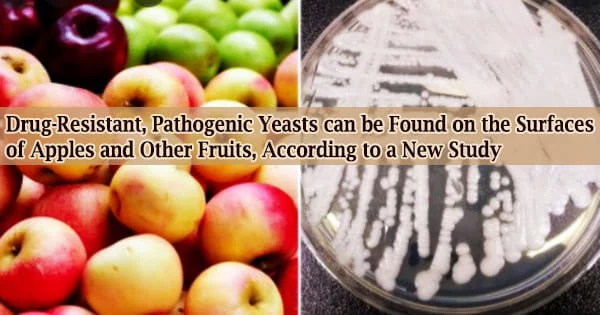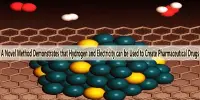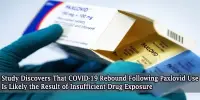Researchers at Miami University in Ohio have perfected a novel technique that will enable scientists to assess how potential inhibitors affect antibiotic-resistant bacteria. Native state mass spectrometry is a technology that allows scientists to quickly find the best candidates for effective medicinal medications, especially when bacteria can no longer be treated with antibiotics alone.
On June 21, 2021, these findings will be presented at the World Microbe Forum online conference of the American Society for Microbiology.
Antibiotic overuse in the last century has resulted in an increase in bacterial resistance, resulting in many bacterial infections that are no longer curable with currently available antibiotics.
According to the Centers for Disease Control and Prevention, 2.8 million people in the United States are diagnosed with a bacterial infection that is resistant to one or more antibiotics each year, and 35,000 people die as a result of the resistant infection.
“One method of combatting antibiotic resistance is using a combination drug/inhibitor therapy,” said Caitlyn Thomas, a Ph.D. candidate in chemistry, presenting author on the study.
Augmentin, a prescription antibiotic used to treat bacterial infections of the respiratory tract and made up of the antibiotic amoxicillin and the inhibitor clavulanic acid, is an example of this sort of medication. Clavulanic acid deactivates a critical protein that the bacteria uses to develop amoxicillin resistance.
Because metallo-beta-lactamases contain two metal ions we are able to use a variety of spectroscopic techniques to study them. These experiments give us more insight into how to inhibitor behaves and whether it could potentially be a candidate for clinical use in the future.
Caitlyn Thomas
The antibiotic amoxicillin is left to kill the bacteria after the bacterial protein has been inactivated, thereby treating the infection. Before a novel inhibitor can be utilized in the clinic, scientists must first have a thorough grasp of how it works.
Thomas and her colleagues investigated metallo-beta-lactamase, a bacterial protein that renders many clinical strains of bacteria resistant to all penicillin-like antibiotics. Penicillin-like medicines account for more than 60% of the antibiotic arsenal used to treat bacterial illnesses.
While numerous laboratories around the world are working to develop novel inhibitors to inactivate metallo-beta-lactamases, Thomas and colleagues are focusing on how these inhibitors operate.
“Because metallo-beta-lactamases contain two metal ions we are able to use a variety of spectroscopic techniques to study them,” said Thomas.
“These experiments give us more insight into how to inhibitor behaves and whether it could potentially be a candidate for clinical use in the future.”
Hundreds of possible inhibitors have been identified in the literature, and multiple patents for metallo-beta-lactamase inhibitors have been filed. Some of the reported inhibitors work by eliminating a component of the metallo-beta-lactamase that is essential for its function.
In humans, these inhibitors may also eliminate this essential component of other proteins, resulting in substantial adverse effects. Other inhibitors attach to the metallo-beta-lactamase directly and inactivate the protein; these inhibitors are ideal for any new inhibitor that might be utilized in the clinic.
















